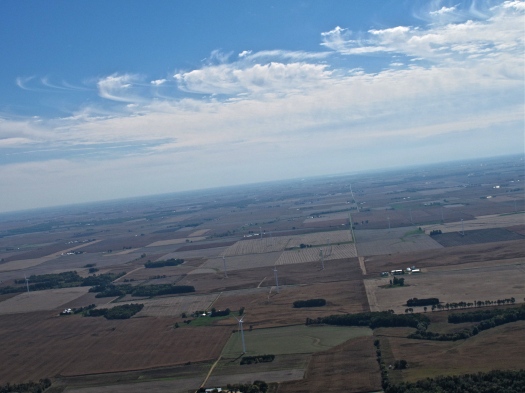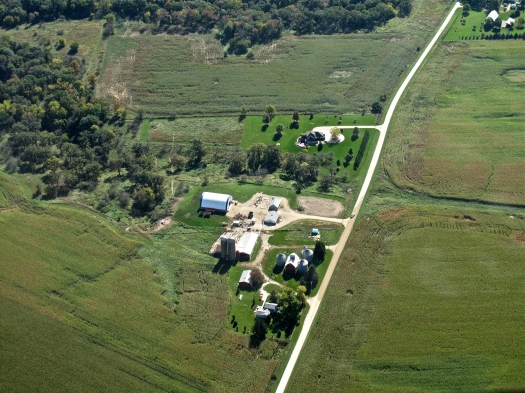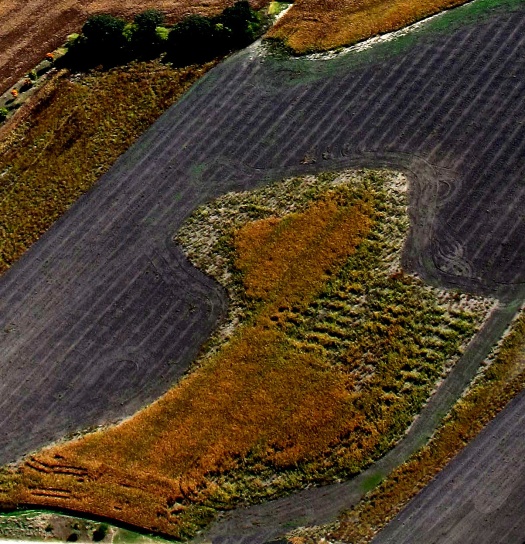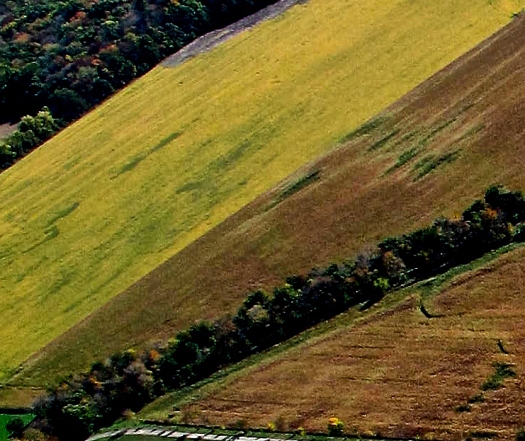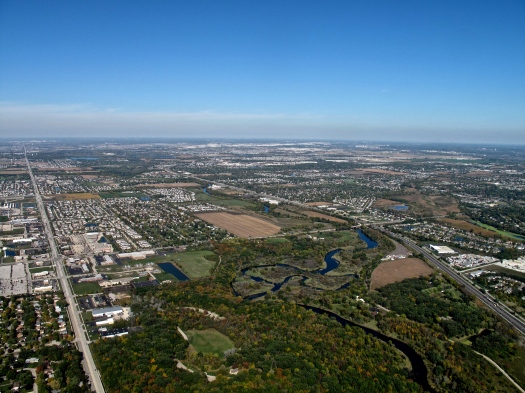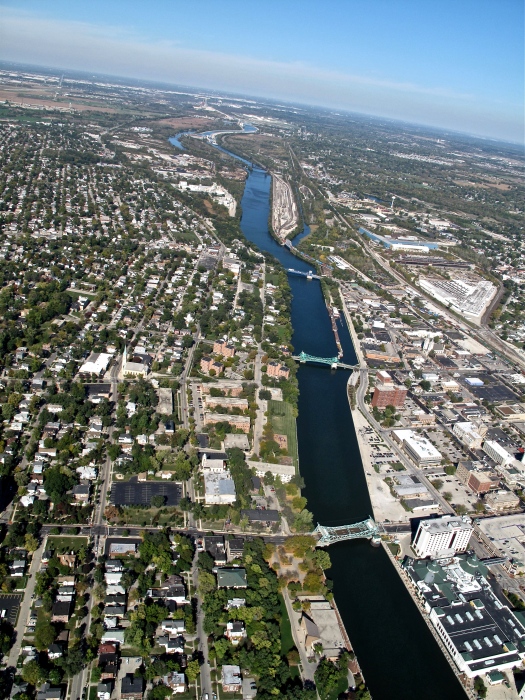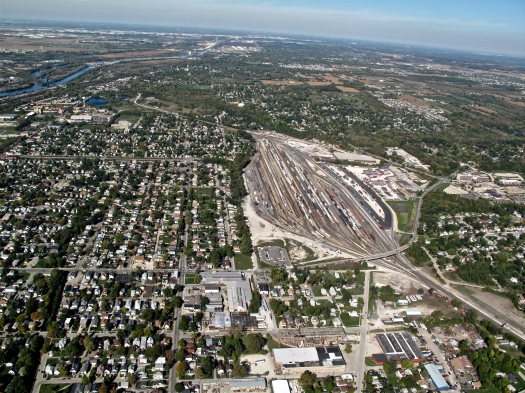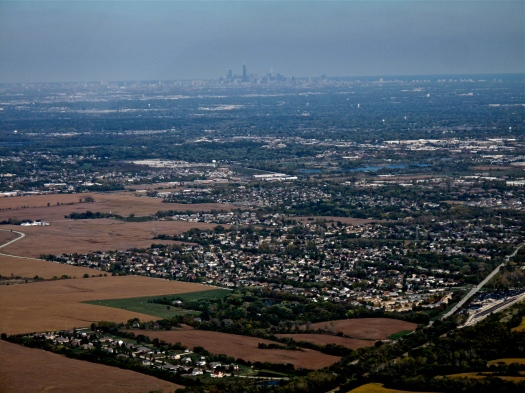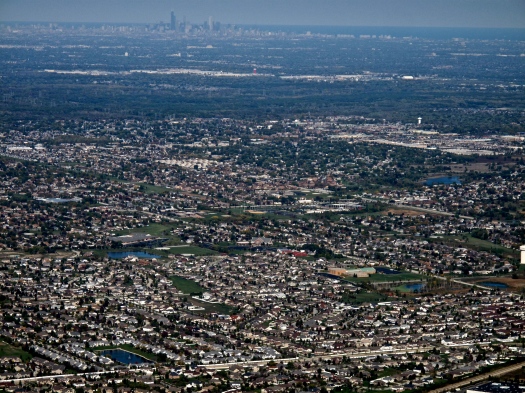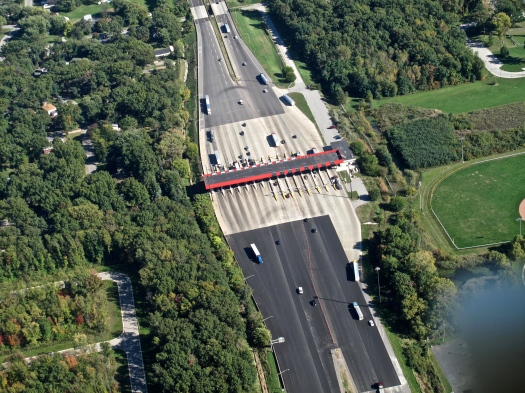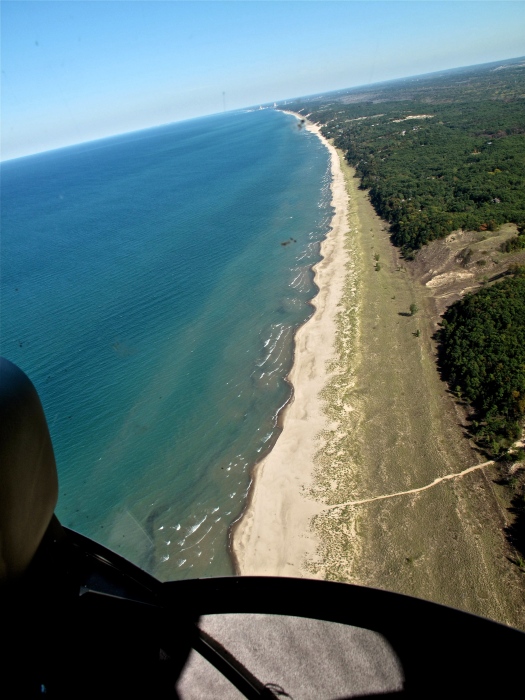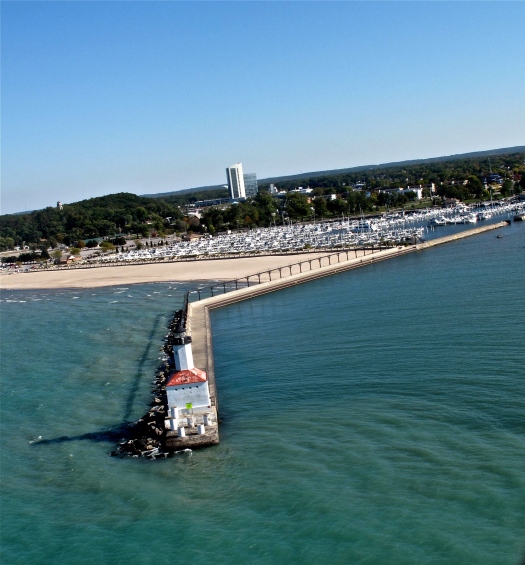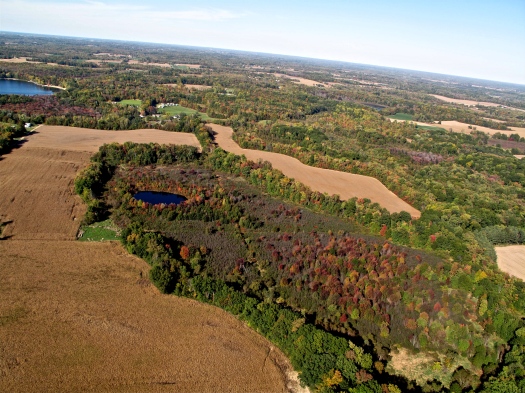On the first day of medical school they threw us into anatomy lab before we could chicken out. We spent that year smelling of formaldehyde, filled with wonder, and arguing about whether certain nebulous organs deserved to be on the exam. Long before we learned about its function, we exposed just enough of a cadaver to dissect the brachial plexus, a network of nerve fibers that carries information to the chest and arms. There isn’t really an effective way to learn about the human body without dissecting one but most of us were wary. I suspect it is no accident that we were eased into the process with a body part most of us had never heard of, one that is easily accessed without being faced with anything that resembles a familiar human image.
In diagrams the brachial plexus looks ordered and sensible. In the lab it is hard to tease out. Deep and tangled and nearly impossible to distinguish from the bloodless arteries and veins that crawl around it. The body is filled with amazing architecture and brilliant control centers. But without the messy complexity of a beating heart it becomes a deserted landscape.
The farmlands, mountains and rivers in the west carry a pulse of activity. They look familiar. They look like life. Even the fracking stations, despite feeling deserted, were unexpected stamps of flickering red. The middle of the country hits us without warning. It has the stark feeling of the inside of a clock, an intricate structure with little information. You need the simple clock face to understand what it means. The Midwest offers a different lesson, one of engineering rather than mystery. It looks busy and wired, detailed but featureless. I watch it with a colder, more concentrated eye.
The white steeples, nestling farms and complicated field designs to the west washed over me as if they were my own memory. When I looked through my photos at the end of the day, I knew exactly where I was when I took each one. Now I feel lost. The images are filled with clues but have few unique characteristics. I scan the details, trying to figure out what’s important, and use Google to pinpoint locations. I like my photos better than what I find online and think Google should hire me as their photographer (take note, Google. I know you’re listening).
It’s hard for me to imagine how anyone knows where they are without a crown of mountains to orient them. I guess everyone finds their own landmarks.
IN A NEW WORLD:
WITH AN OCCASIONAL OASIS:
AND LINGERING AEROGLYPHS:
TRANSITIONING TO A FLAT BUSY WORLD:
MY BEST BET FOR DETERMINING LOCATION IS FOOTBALL FIELDS. IF I ZOOM IN AND FIND THE TEAM NAME, EVENTUALLY I CAN FIGURE IT OUT USING GOOGLE. AT THE BOTTOM OF THIS PHOTO IS THE TIGERS FOOTBALL FIELD, JOLIET WEST HIGH SCHOOL, ILLINOIS:
THE BRIDGES OF JOLIET:
WIRED AND CONNECTED: THE ELGIN, JOLIET AND EASTERN (EJ&E) YARDS ON THE EASTERN SIDE OF JOLIET, IL:
AND CLOSER:
FIRST TOLL BOOTH SIGHTING: ON THE TRI-STATE TOLLWAY NEAR WAMPUM LAKE, THORNTON, IL (I think):
BAILEY GENERATION STATION, CHESTERTON, IN (EAST OF GARY) RIGHT ON LAKE MICHIGAN:
THE SHORES OF LAKE MICHIGAN:
NORTHERN INDIANA ELECTRICITY PLANT (NIPSCO) NEAR MICHIGAN CITY:
EAST PIER LIGHTHOUSE, MICHIGAN CITY, IN:
LAKE MICHIGAN. A STRANGE JUXTAPOSITION OF INDUSTRY AND ROMANCE:
EAST AND INLAND AND VIBRANT:

